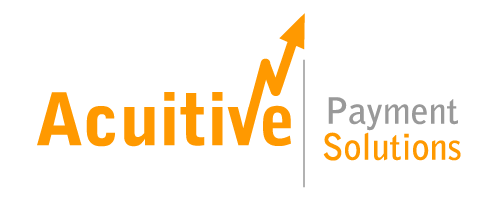According to a study of 1,000 billers released today by NACHA – The Electronic Payments Association, Direct Payment via ACH is the leading method consumers use to pay their bills. The study found that the great majority of billers – more than three-quarters of those that offer electronic payment options – offer Direct Payment via ACH, and now, almost 50 percent of consumer bills are paid through this method. Forty-two percent of consumer bills are still paid through the mail, and 11 percent are paid with credit/debit cards.
The findings also show that billers prefer receiving ACH payments over cards 48 percent to 21 percent. Specifically, billers prefer recurring ACH payments, citing this option as the most favorable payment method. Consumers, on the other hand, prefer one-time ACH payments for bill pay. Of the 47 percent of consumer bills paid via Direct Payment, 25 percent are one-time ACH payments, 11 percent are recurring ACH payments, and another 11 percent are ACH payments originated by biller service providers.
